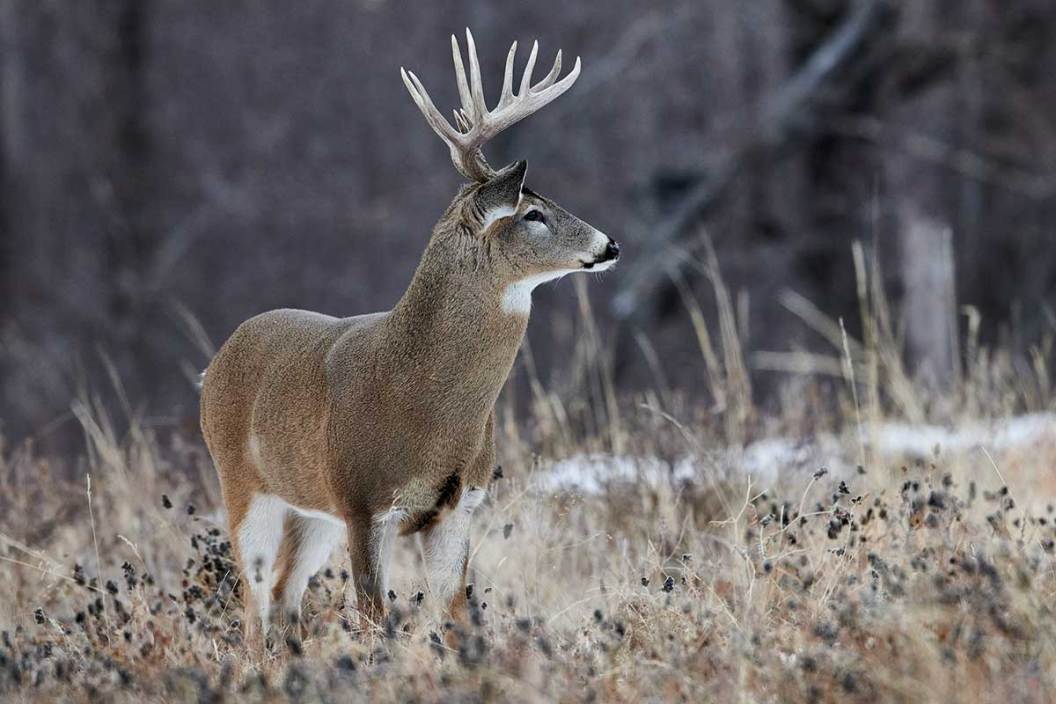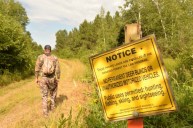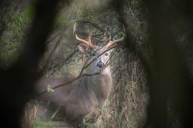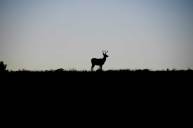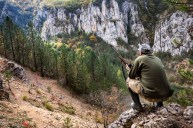Finding a giant whitetail on public land seems like an oxymoron. We (or at least I) imagine public land is highly pressured with little to no food and terrible access, factors that point to the opposite of harvested monster bucks. And yet, I see strangers and friends close the deal on solid public land bucks yearly, most of them after only hunting for a few days.
I have a few close friends that bounce around from state to state, hunting public land for less than a week per stop. A lot of times, they aren't successful. But every now and then they strike gold and arrow a trophy buck. This made me reflect on how I hunt on the private farm that I strictly manage, with absolutely no hunting pressure but my own, and yet there are seasons in which I still come up short.
I needed to figure it out. How could people locate a great spot, scout, pattern, hunt, and kill a giant public land buck with only a week to accomplish it all? It seems like a mission with inevitable failure, yet it frequently isn't. So I asked some of my public hunting buddies how they shoot at least one public land monster every year with little planning, and they were happy to go over a few strategies with me on what leads to their success.
Finding Bucks on Public Land
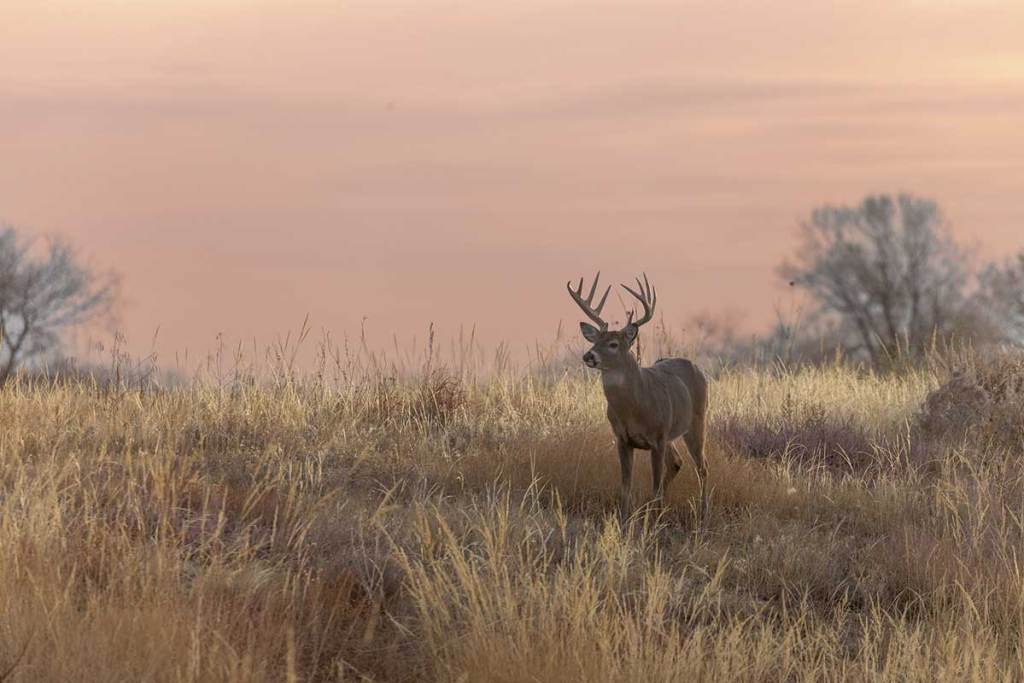
Learn How to Use Maps
This was by far the most common answer among my friends. Several apps will provide maps of public hunting land and offer different layers to study the terrain. One of my friends explained that sometimes he doesn't even need to visit a public spot. He can tell by looking at the topographical maps and terrain features whether or not bucks will be traveling through a certain areas.
I committed to learning how to identify creek beds, funnels from food sources (or a nearby agricultural field), and shelves that intersect with a dense brush that are ideal for bedding areas. Mobile scouting has become a crucial part of hunting success, even more so for public hunters. Learn how to read maps from a deer hunting perspective, and you're one big step ahead.
Get Off the Beaten Path
Let's face it, hunters are often lazy and pick the most effortless spot to access and haul gear into. There's no shame in it, but it doesn't exactly move you closer to harvesting a buck on public land. It's likely that the majority of local hunters are unwilling to venture too deep, adding unwanted pressure to the deer that find themselves close to the entrance points of public hunting lands.
This just means you'll have to hike to places most people wouldn't want to go. Odds are, if most hunters aren't accessing it, that's where the mature bucks will be. Don't be afraid to dive deeper into areas miles away from the nearest pull-off. This is often where the honey holes are found.
Be Mobile, Stay Mobile
Using a hang-and-hunt or a saddle style is the best way to tackle public hunting. They aren't quite as convenient as pre-set stands, but when time isn't on your side, you must be able to have the versatility to switch setups quickly.
You'll likely run into a situation where you're set up in what appears to be a good spot, but throughout your sit, you notice that the deer are utilizing a trail on the next ridge. Using a mobile hunting method will allow you to change positions stealthily and be ready to ambush the deer the next day.
Check Your Conditions
When my friend told me about his experience hunting public land versus private, he stressed how much more paranoid public deer can be. It's well worth it to monitor the weather conditions, and only hunt certain spots when the conditions are right.
This can seem counterintuitive when you have a limited amount of time to hunt. But it's because of this that you need to make the most out of every sit, and nothing will blow a spot quicker than alerting the deer to your presence due to the wrong wind, thermal changes, or poor weather that gets you out of the stand too early.
I urge any public land hunter to take advantage of apps such as DeerCast or HuntWise that will let you know the perfect days to hunt. When you have that small window of ideal conditions, try to make the most of it with an all-day sit. I'd rather hunt two great days than six just okay days.
Identify Buck Food Sources & Bedding
I touched on this briefly with the notion of scouting from maps, but maps can't paint the entire picture. When hiking into a spot, you've got to take note of your surroundings and look for sites that a deer would want to be in. I love searching for a thick patch of white oaks or areas with fallen trees that have allowed a dense growth of brush. Public land bucks love to escape to those sorts of spots.
Sometimes a lack of ag fields and food plots can make the hunting even better because you'll know that any natural food source you can find should produce heavy concentrations of deer. Whitetails get most of their food from woody browse, so find an area with tender species that deer love to munch on. And of course, wood floors covered in acorns are irresistible to deer, especially in the early season. Find acorns that have dropped, and you'll know exactly where to set up.
Utilize Cell Cams
Cellular trail cameras are perhaps one of the most game-changing products ever hitting the hunting world. Being able to monitor the area that you're hunting without having to disturb the land with human intrusion is essential. As long as it's legal in the state you're hunting, trail cams on public land can really increase the odds. Even if you're only hunting for a few days, put out some cell cameras and monitor what's happening in a few spots. This will allow you to focus on the most active areas and keep you from wasting time in locations with low movement.
You may think that harvesting a mature buck on public land is impossible, but the fact is that hunters do it every year and will continue to do so. Use these strategies to your advantage and make the most of the land we are entitled to hunt. Some of the most excellent whitetail hunters I have had the privilege of meeting gained most of their knowledge and experience from hunting public land.
